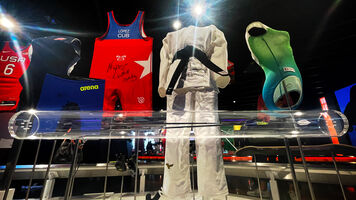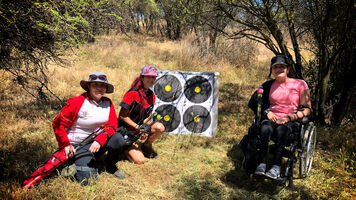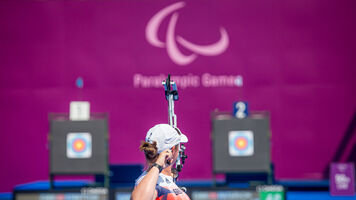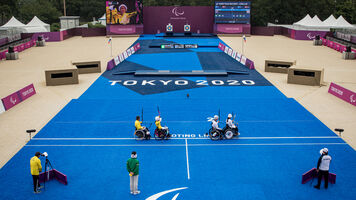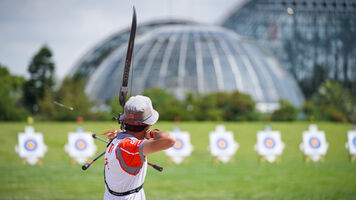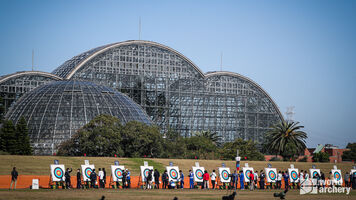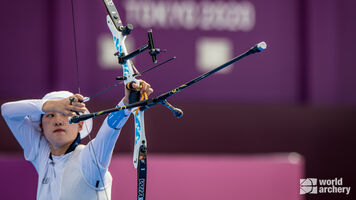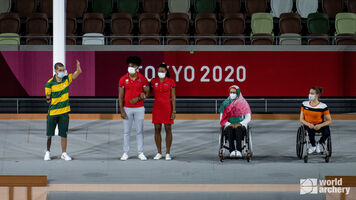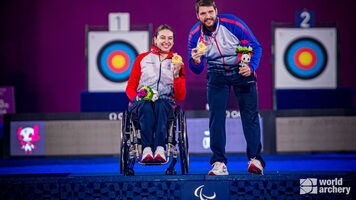An San: The winningest archer in modern Olympic history
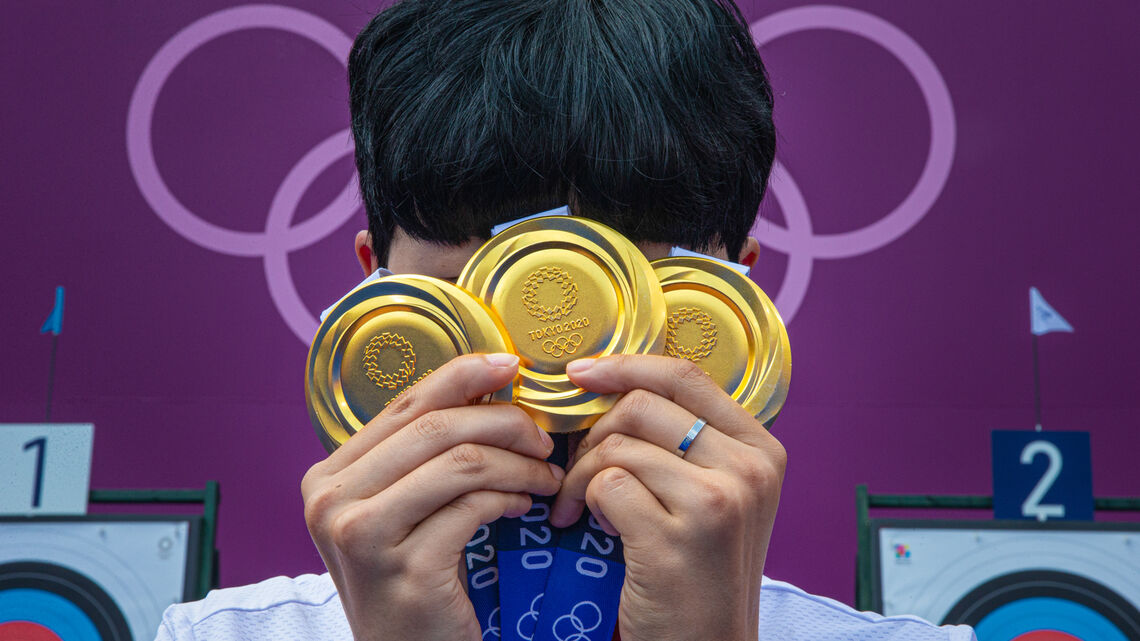
For the rest of her life, An San will be an Olympic Champion.
The 20-year-old from Korea shot herself into the history books by winning her third gold medal, in the women’s individual event, of the Tokyo 2020 Olympic Games.
Already a double gold medallist in the recurve women’s team and mixed team competition, An became the first athlete of the Games to win three gold medals – and the first archer in the sport’s modern history to crest three podiums at one edition of the Olympics.
“Her pride is our pride,” Moon Jae-In, the president of Korea, said in a statement posted on Twitter, which praised the athlete’s ‘steely’ focus during the competition.
It is an apt description of the young archer. Having seeded top during qualification and despite the nation’s dominance in the team event, An San found herself the only Korean woman remaining in the latter stages of a competition that her country was expected to win.
She dealt with the pressure phenomenally well.
Holding her nerve in a pair of shoot-offs in the semifinals and finals, An San confidently landed her tiebreak arrow in the 10-ring to defeat Elena Osipova of the ROC in the final. It brought the fourth Korean medal of the Games, keeping her country’s perfect record clean up to that point.
These Olympics were the first since 1972 at which a single archer could win three gold medals.
From 1972, when archery rejoined the Games, to 1984, there was only individual titles available. The team events joined in 1988 – bringing the maximum haul to two – and the medal programme remained unchanged for eight editions of the Olympics. It was only with the addition of the mixed team competition in Tokyo that the third gold became available.
And it was An San, who had already toppled a 25-year-old Olympic record when she scored 680 during qualifying, who stepped into the spotlight by compiling, statistically, the greatest individual performance in the history of the Games.
“I don’t think I am,” An said when asked if she considered herself one of the best archers in Korean history. “Three gold medals doesn’t mean that.”
They are, however, difficult to ignore.
The haul puts An San into joint fourth in archery’s post-1972 medal table, tied with Yun Mi-Jin, who won individual and team gold at Sydney 2000 and added another team title four years after that. Only Ki Bo Bae, Park Sung-Hyun and Kim Soo-Nyung, three legends of the sport, sit ahead.
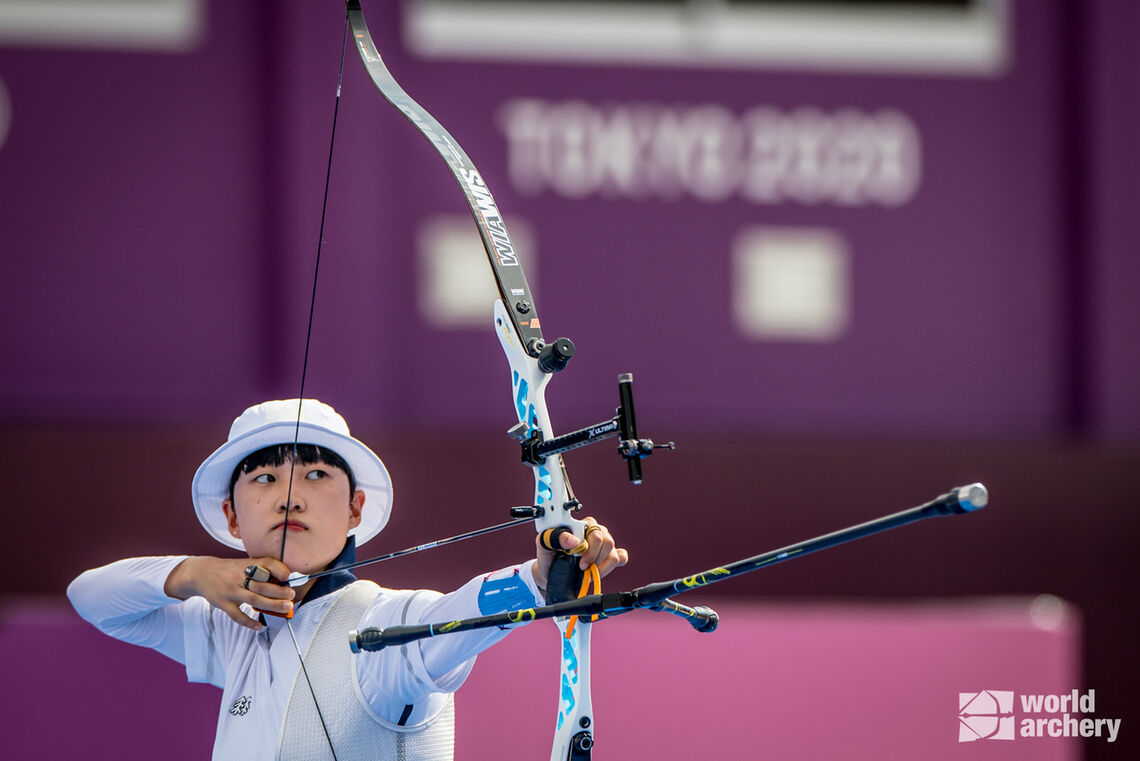
The event that made the difference was the first archery medal awarded in Tokyo.
“When I won the mixed team event gold, I was wondering if I could win all three gold medals,” said An San. “And now I’ve done it, I feel grateful about it.”
It’s a short statement – but a revealing one, given the fairly robotic and practised answers usually given about the pursuit for individual glory from within the Korean squad. The Olympics is, first and foremost, a team competition for archery’s leading nation – and that’s perhaps why they’ve been so dominant, winning nine women’s team golds in nine attempts.
“I believe this team is the strongest ever because we act as one. We know each other well, we trust each other and we push each other to the best,” she said of her teammates, Kang Chae Young and Jang Minhee.
But as good as An San was in the team event – and she was the most valuable member of the winning team, shooting eight 10s in 18 arrows and never missing the yellow – she did also consider her own success.
And she was, subsequently, the only Korean individual archer to deliver.
So just why was An San so good?
Archers often talk about ‘confidence’. But the usual definition of the word doesn’t do the sporting meaning justice. Because what they’re really talking about is the absolute absence of self-doubt, the calm knowledge that they can perform, under pressure, and that the wind, their opponent and the gravity of the situation won’t throw them off delivering the high-scoring arrows that they shoot, consistently, in practice.
For the first time at the Olympics, the archers’ heart rates were displayed live on television graphics, giving an insight into the pressure being felt behind the eyes.
During the decisive shoot-off, An San’s blood was bumping at a very normal 100 beats per minute. Her opponent in the final, Osipova, registered a reading in the 160s – or, in other words, significantly stressed.
“I just told myself that I can do it and I was telling myself that I can actually make it,” said the winner afterwards. “In the moment that I actually shot, I really felt that it was a 10. At that moment I was completely sure that it was a 10.”
That is ‘confidence’.
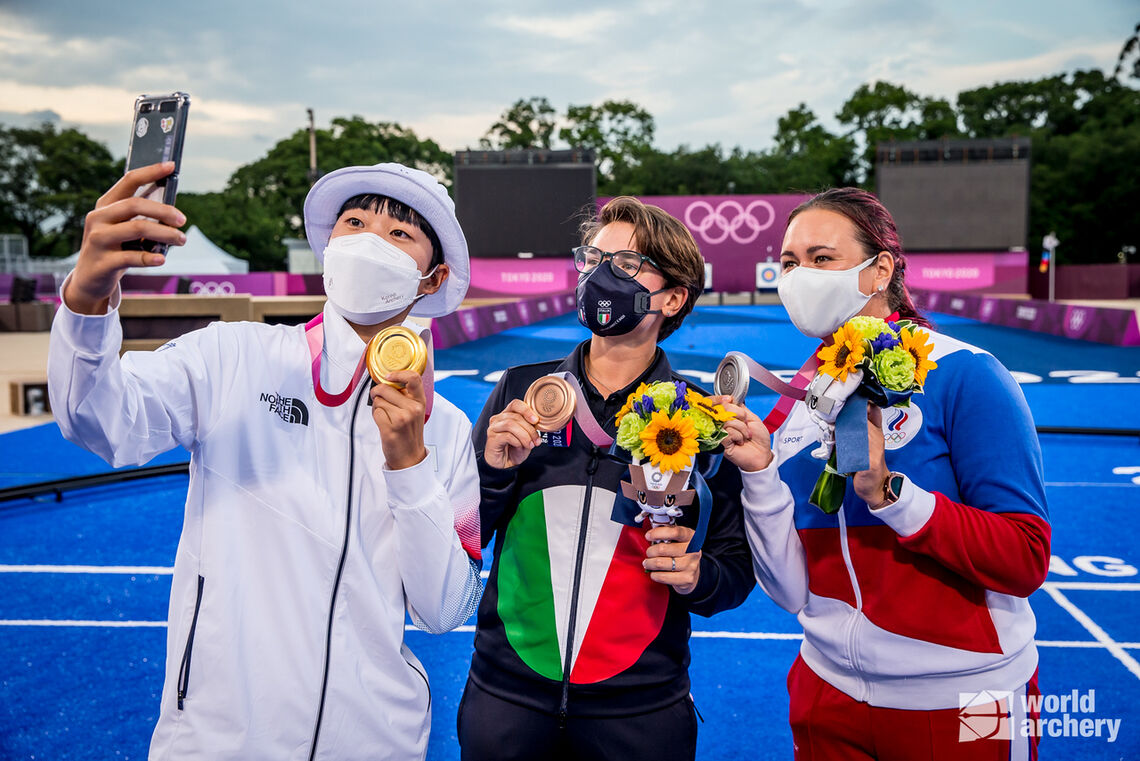
Individual Olympic golds are often – but not always – won by debutants at the Games.
An San has continued the trend. (Although men’s winner Mete Gazoz, who also shot at Rio 2016, did not.)
No (Korean) woman has ever returned to the Olympics to retake the individual title. Some have failed to return to the Games at all and a few have even faded into obscurity – although less so in recent years. Two more golds would make her the winningest archer in modern history. It’s attainable – if very hard.
But like these Games, without spectators, were different, the upcoming Olympic cycle is different.
There are only three years to go to Paris 2024, rather than the normal four. It’s not impossible to see An San riding this wave of success through the world championships at the end of this season and perhaps even into 2023 – when teams will once again attempt to qualify quotas for the Games.
She will receive no free pass. But the potential is certainly there.
Whatever lies ahead, An San will forever be written into the history books. She is the first archer in modern history to win three Olympic gold medals at one edition of the Games – and she is, without a doubt, the deserving champion of Tokyo 2020.



